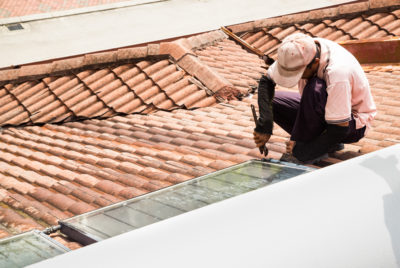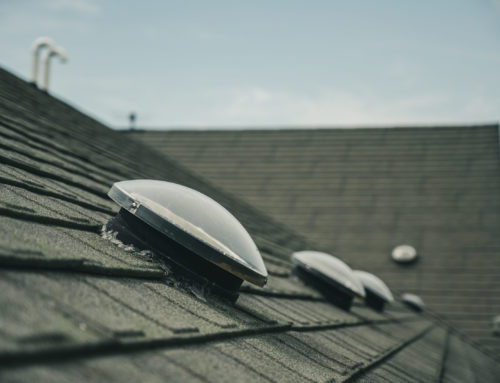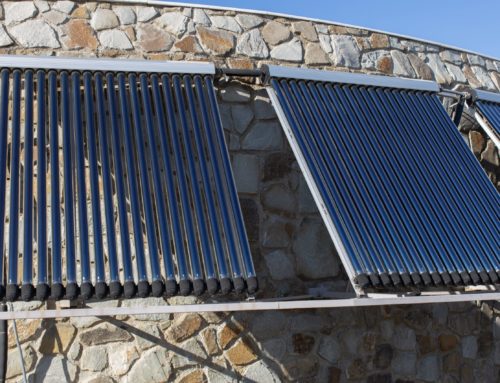Introduction
With the recent developments in solar energy technology, it makes sense that solar water heating would go along with it. It’s obvious that water isn’t always warm, whether in the pool or your house. As the sun rises and sets, the amount of heat hitting your pool varies. But a solar water heater system allows you to quickly transfer solar heat to the water, minimizing heat loss. Once it’s settled, the heated water rises to the top and heats colder water on its way.
Solar heating is a renewable energy source, and solar collector technology has become quite efficient. A solar water heating system is more cost-effective and cleaner than a conventional water heater, such as a natural gas or an electric, or even a heat pump water heater. On top of that, solar hot water heater parts are pretty customizable: they can come separately or as a bundle and are fairly easy to install. Whatever your plans, there’s sure to be an excellent solar water heating solution near you.
What is a Solar Water Heater?
Essentially, a solar water heater is anything that converts solar power into domestic hot water. Once connected to solar panels, a solar heating system is great when you want to heat water and maintain a comfortable temperature throughout the day.
Think of it as a space heater for your water. But instead of space heating the air, a solar heater takes care of water temperature. Each solar heater works with a sensor that scans the water passing through a circulating pump system. If the system detects water at a lower temperature than what you’ve set, it will keep pumping the water until enough heat transfer has passed between the solar panel setup and the passing water. That hot water then gets sent back to the pool or other body of water. It rises upon exiting the bottom, heating water around it. Remember that just as warm air rises and cool air drops, the same happens with water. Keep this truth in mind when designing your solar hot water system.
How does a solar water heater work?
But when it comes to heating a home, solar heat works a little differently. The first thing to know is that there are tons of variations on these basic types of systems. A solar hot water system runs on a few basic components found through most solar energy companies. There are also plenty of ways to adapt existing solar materials or even create them from scratch.
The key to any solar water heating system solar is its solar collectors. A solar collector picks up sunlight for the water to use. Since the sun’s angle varies throughout the day (and depending on which region of the planet you live on), it’s impossible to expect it to heat all the pool water evenly.
There are also two types: active solar water heaters and passive solar water heaters. Active and passive will both heat your water and get the job done, but whichever one you prefer will depend on your house’s needs. As their name implies, active systems take an active part in sending your water through the system. They use a motorized pump that sucks in pool water (or other water) in small increments.
After acquiring the water, the pump sends it to the solar collectors to warm up. It’s kind of like wrapping your feet in a blanket when they’re cold. The collectors heat the water passing through them in preparation for traveling to the rest of the house. Colder climate houses should consider adding a heat transfer fluid into this stage to prevent freezing, as frozen pipes can be costly and even dangerous.
After the water has been sufficiently heated (and infused with heat transfer fluid), the pump sends the water back into the home, where it waits until it’s needed. Whether it’s for shower water, tap water, or other uses, the water retains the heat absorbed during its time with the solar collectors.
Passive solar water heating systems, on the other hand, are less fancy. They are also less expensive, which may be a strong consideration. Passive systems are split into two types. The first type is an integral collector-storage system, which is recommended for cooler climates. It’s a storage tank for water to channel into while getting warmed by the sun. It holds the water there, then lets it flow directly into your plumbing whenever you open a valve.
The second type is a passive thermosyphon system, which is great for those with plenty of roof space. Thermosyphon systems let the water sit right next to the collectors themselves, minimizing the distance it has to travel. An expert should install them because all that water weight can be dangerous for your rooftop. If you put it in the wrong place, the system could fall through the roof or leak out and damage the shingles. As you can imagine, it’s a little tricky to manage a water system on your roof.
Integral and thermosyphon systems are both pretty straightforward. There aren’t many complicated gadgets and gizmos required for them to work. Their ingenious design makes the most of basic plumbing and simple physics. While thermosyphon tanks are great, they are a bit pricier and harder to install. But either way, both types of water heaters are great at turning solar energy into hot water throughout the day.
Also, if you’re considering a passive system, be aware that active systems are usually more efficient. The pumps and other measures relating to the system allow for quicker water movement through the pipes and panels. If energy use is a priority for your household, try to find an active water heating system that doesn’t break your budget. But if you’re banking on longevity, passive systems win with flying colors. Because there are fewer moving parts and sensitive electronics, passive systems last longer and aren’t subject to electronic failure. Whether you’re looking for reliability or efficiency, there’s sure to be a system perfect for any home.
What are the benefits of solar water heaters?
The first benefit is that your energy needs become self-reliant. You no longer need to completely use other methods to heat your water, and heating bills drop when there’s enough sunlight. It may not be a perfect method, and you should still keep backup heaters just in case. But having that extra independence saves lots of money and hassle in the long run.
Additionally, solar water heaters work well with whatever solar power you’ve already got. So long as there’s enough room for piping, pumps, or roof attachments, it’s easy to turn a solar panel system into a solar water heater.
How effective are solar water heaters?
They’re very effective. Solar technology has gotten to the point where heating methods are feasible with just about any solar hardware. On top of solar heating’s other benefits, it hooks your house up to an awesome renewable energy source. Solar energy is clean and very efficient. When looking at just the cost, it’s comparable (or even cheaper) than other heating methods.
And substances like oil, gas, and electricity can all have negative drawbacks for the environment. Everyone needs to do what they can to reduce their energy consumption. Several energy-producing substances produce harmful gasses, especially when used by entire neighborhoods and communities. There are also availability considerations to keep in mind. While the sun shines on everyone, gas and oil prices vary depending on availability. They aren’t an endless source of energy.
But our sun isn’t going anywhere soon. It produces heat all the time and is always there to welcome us when the night ends. Because of its reliability, the sun’s power is in high demand, but other energy sources suffer from competition. After all, each house can install its own solar energy system. Solar energy is available year-round and is more stable than wind energy, too. Remember, not all regions get tons of sun year-round, so it may help to have another heating system to supplement your solar heating during the darker and cloudier times of the year.
Which type of solar water heater is best?
Active solar heating is better if you want to run antifreeze through the piping. This fluid prevents freezing during colder months and is a must-have for frigid climates. You’ll probably use more antifreeze during the winter than during the summer months but be prepared in case of a flash-freeze or an unexpected cold spell.
Passive systems aren’t as efficient as active, and their antifreeze capabilities aren’t quite as useful. But they are still much easier to install because they require fewer moving parts. Integrating a passive system into your other water-related components doesn’t take long, nor does it cost as much as an active system.


